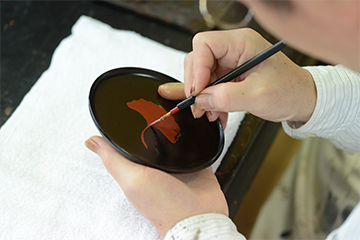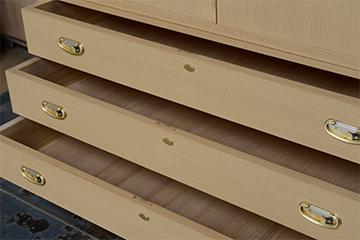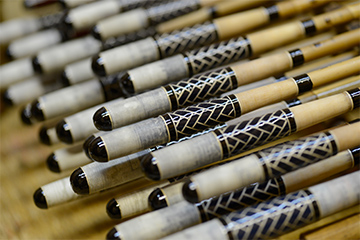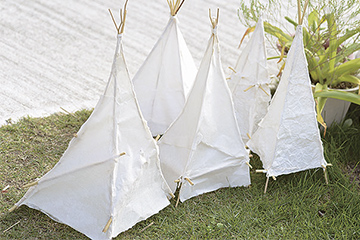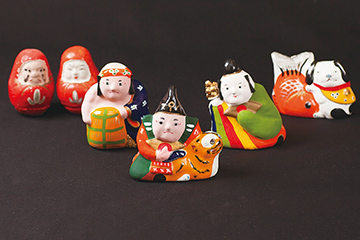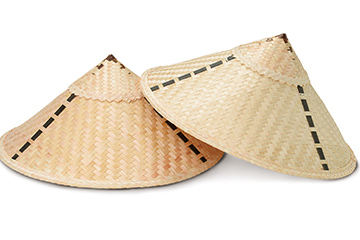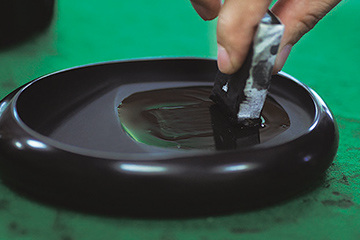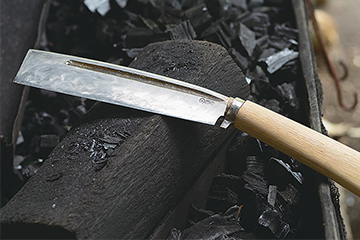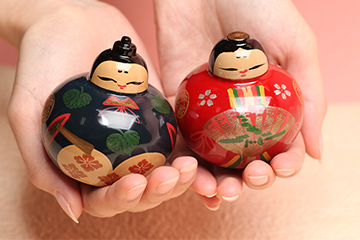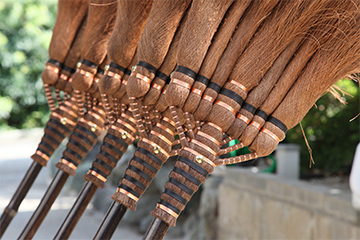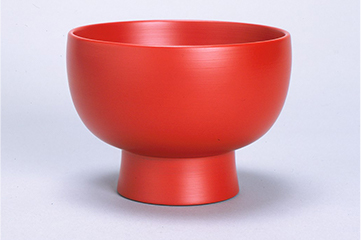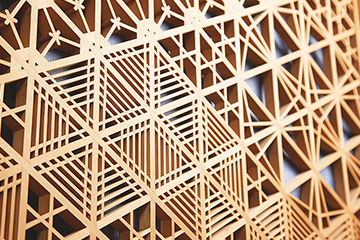 Overview of producing areas
Kishu lacquerware
Overview of producing areas
Kishu lacquerware
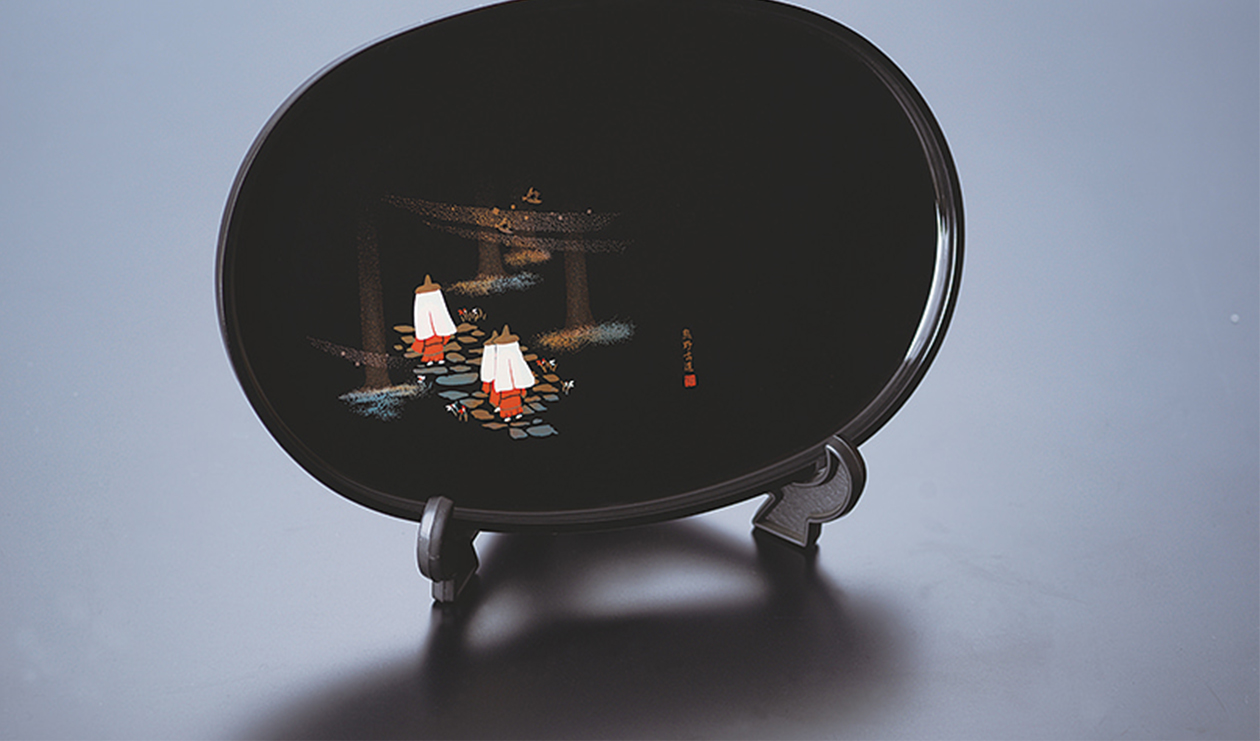
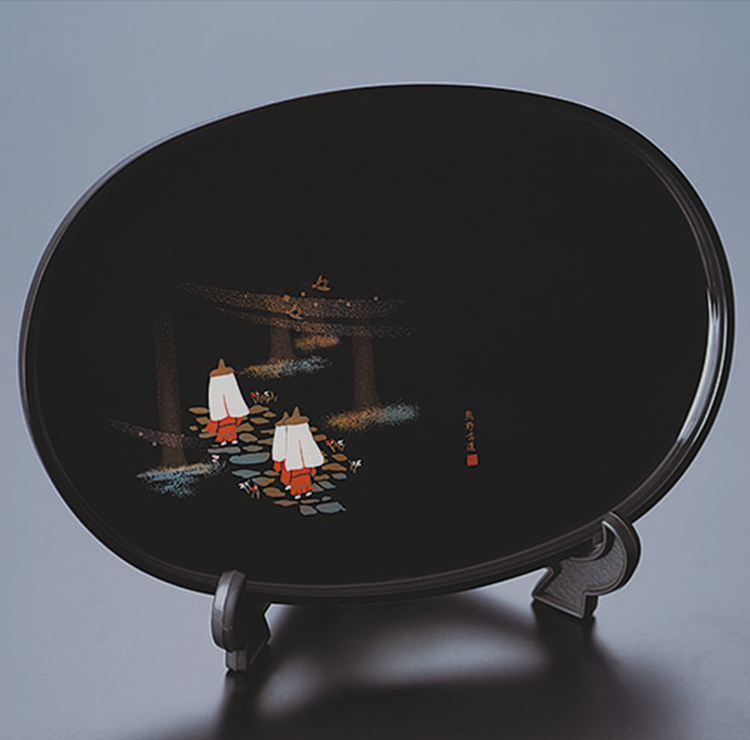


Overview
The origins of Kishu lacquerware lie in the Muromachi period (1336 to 1573). Kishu was a province of Japan that is today Wakayama Prefecture. Wooden bowls manufactured using abundant Kishu wood were coated using lacquering techniques which became increasingly sophisticated. As time passed, innovative divisions of labor (wood, painting, decorating, etc.) were introduced, development continued steadily, and the technology came to be part of people's lives, further developing together with their lifestyles. Along with Fukushima Prefecture (Aizu lacquerware) and Ishikawa Prefecture (Yamanaka lacquerware), the Kuroe district in Kainan City is said to be one of Japan's three major production areas for lacquerware.

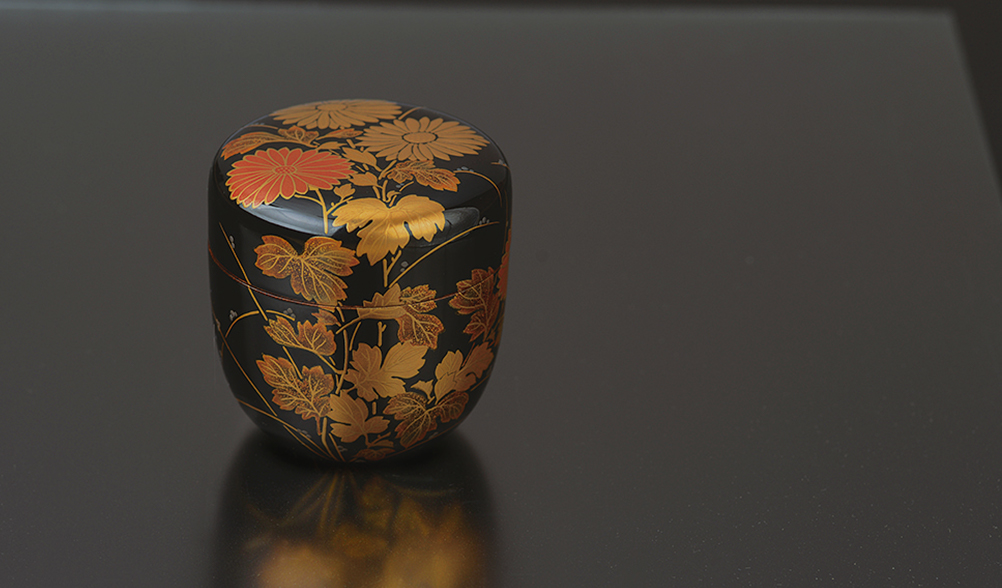
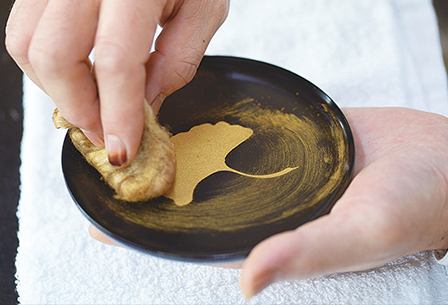
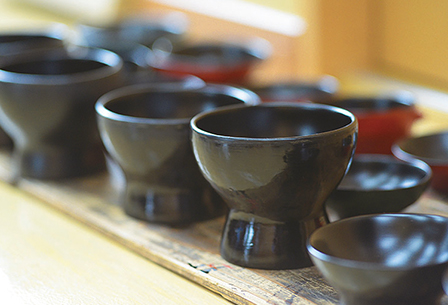




Scenes of work
The process of applying lacquer to an entire tray or other item is called nuri (coating). Decorating processes include makie. This refers to the technique of creating a pattern with lacquer, then sprinkling on gold or silver dust before the lacquer dries to express a motif.
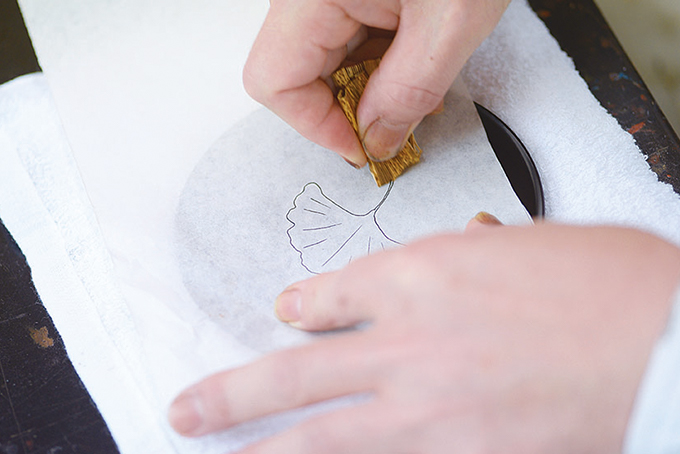
01
Okimetori (transfer of sketched motif)
A motif sketched on paper is transferred to the surface of the lacquerware.
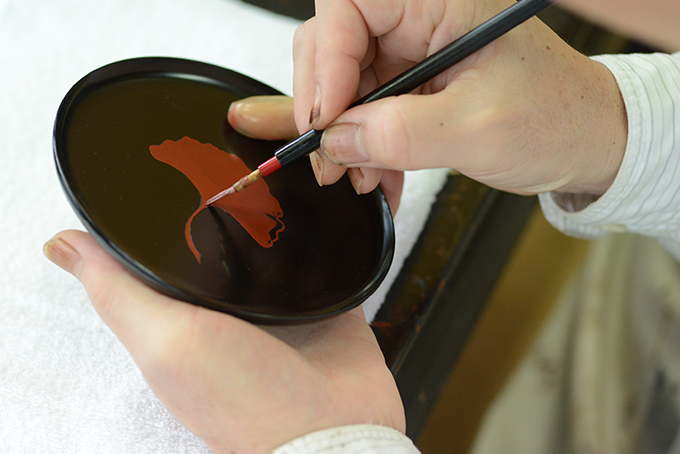
02
Painting the design
Next, the paper sketch is traced with lacquer, which becomes an adhesive when sprinkling on the gold dust or other material.
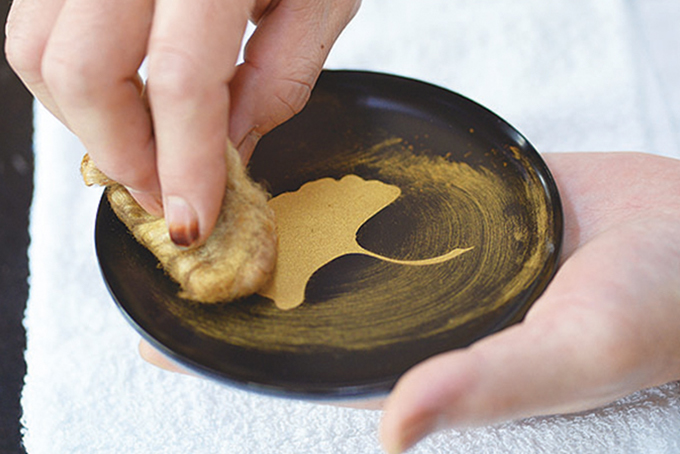
03
Funmaki (sprinkling of dust onto lacquer)
Gold dust or other material is sprinkled to make the picture or pattern appear. The item is fully dried in a special room with a high humidity.

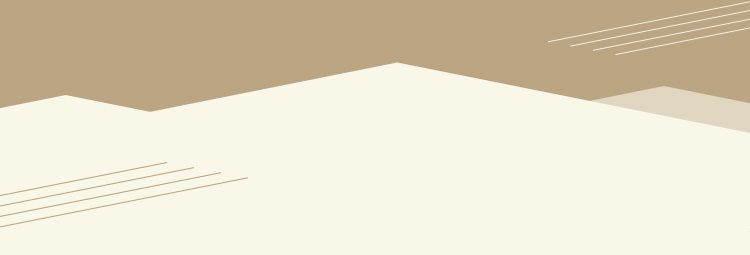
Traditional crafts of Wakayama




